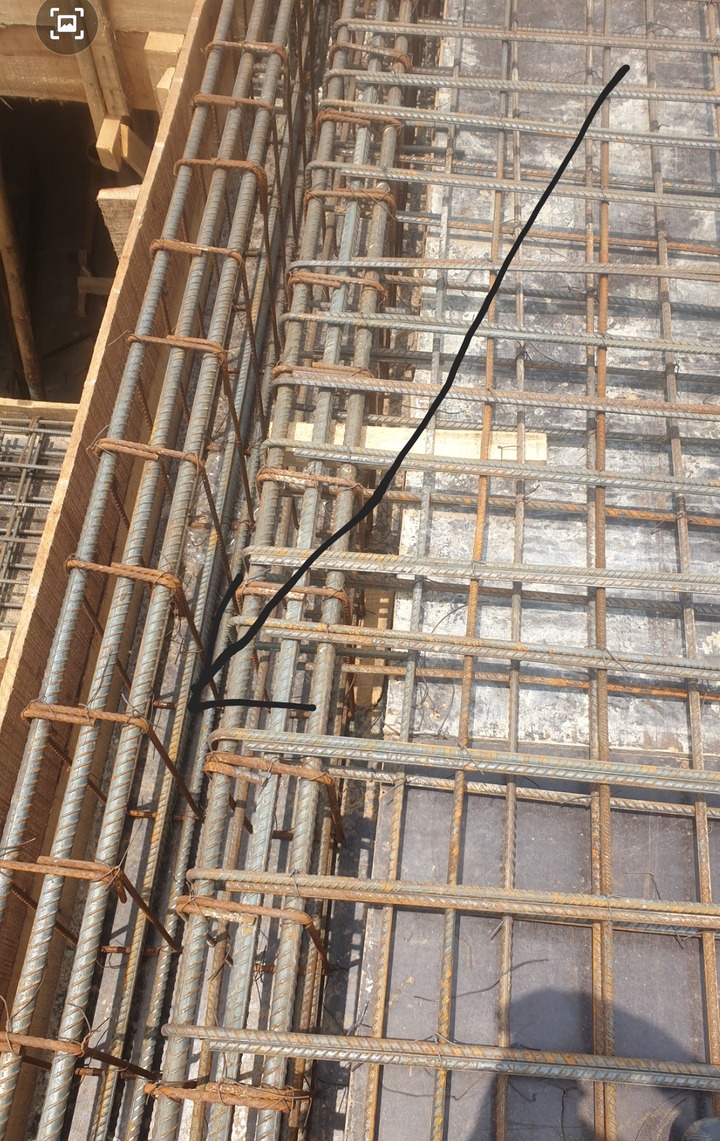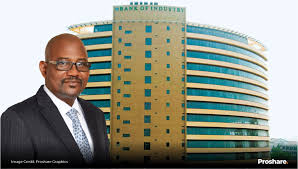In building construction, cracks are lines on the surface of the building which occur as a result of stress development in the building components. The stress may be caused by different external forces from the dead (immovable) loads, live loads (movable loads) and wind loads which in turn result in the settlement of the foundation. Cracks can also come from variations in temperature, chemical actions, drying shrinkage and poor construction practices.
In this article, I will explain how to prevent cracks in building construction. Before I start my explanation, it becomes very important to let you know that cracks always affect the wall integrity, the safety and aesthetics of buildings. Hence, we should always make cracks’ prevention our watchwords in building construction.

Expansion Joint (Figure 1)
There are different ways to prevent cracks in the building construction, the preventive measures are as follows:
1) Introduction of expansion joints (Figure1) whenever the length of the building is more than 30 metres. The expansion joints will prevent unnecessary expansion and contraction of walls during temperature change.
2) Provision of adequate cover for reinforcement to avoid expansive reactions between aggregate which contain alkalis and active silica obtained from hydration of cement thereby leading to corrosion. Always make provisions for 20mm, 25mm, 40mm and 50mm cover for the slab, beam, column and foundation reinforcement before casting the structural members.
3) Do not use excess cement to mix your mortar when laying blocks in building construction. Excess cement in the mortar mix will result in shrinkage.
4) Adequate curing of concrete must be done after casting of concrete to keep the moisture intact for a long period.
5) Always engage a Civil Engineer in your building construction to monitor the water-cement ratio as specified in the structural drawings. Excess water will affect the strength of the concrete.
6) During the casting of concrete, proper vibration should be done to avoid honeycombs in concrete.

 Business1 week ago
Business1 week ago
 Latest4 days ago
Latest4 days ago
 Latest5 days ago
Latest5 days ago
 Business5 days ago
Business5 days ago
 News1 week ago
News1 week ago
 News4 days ago
News4 days ago
 Crime5 days ago
Crime5 days ago
 Business4 days ago
Business4 days ago

